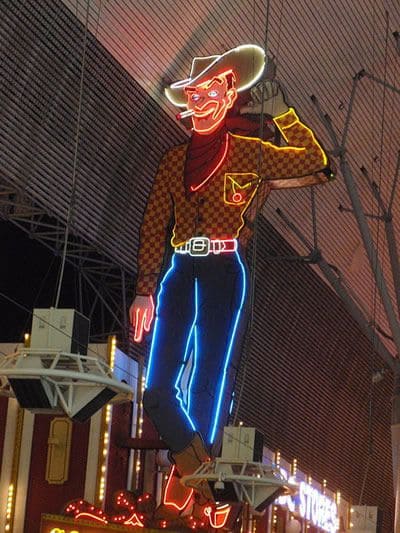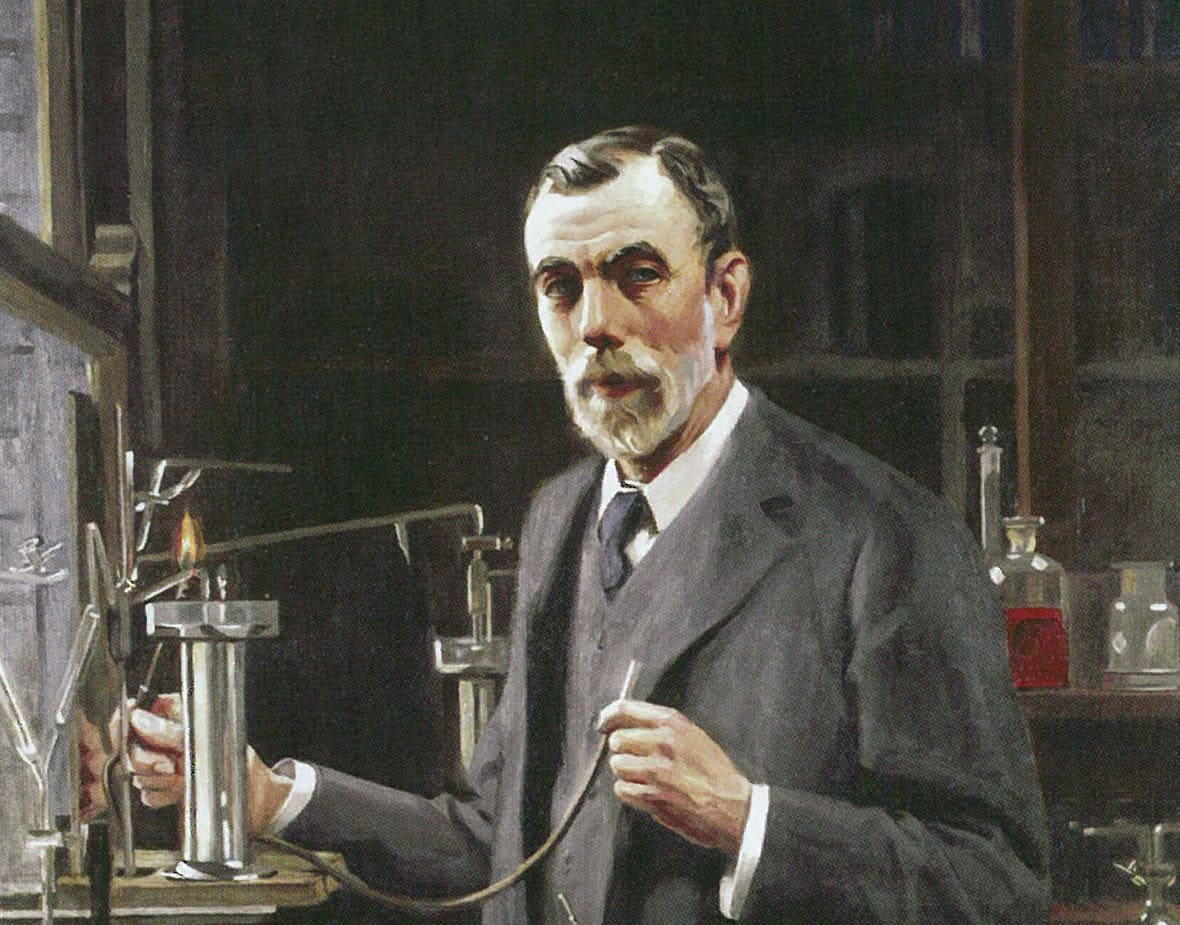Did vintage neon signs from the 1930s to the 1960s weave a luminous tapestry of progress, blending seamlessly with pop culture and entertainment?
The Vintage Neon Signs: Pioneering the Path of Progress and Pop Culture in the 1930s
Journey back to the 1930s as we explore how vintage neon signs illuminated not just the streets but also the world of pop culture,it have illuminated both Eastern and Western.
Neon Enlightenment in the West
The 1930s saw the liberation of neon technology in the US with the expiration of Claude's patents. This milestone propelled the dissemination of neon knowledge, notably through Eddie’s Glass and Neon Institute (Egani) in New York.
The institute, along with new instructional manuals, became the torchbearers of vintage neon signs craftsmanship, accelerating neon's proliferation in the US and beyond.

Neon's Eastern Surge
Simultaneously, the vintage neon signs saga unfolded in China and Hong Kong. With the debut of domestically produced electricity converters for neon tubes in China, the neon industry nudged forward.

Yet, reliance on imported equipment and gases persisted. The decade witnessed a neon industry boom in Shanghai, radiating its luminescent influence across the country, especially along the coastal cities, embedding vintage neon signs deeper into the urban aesthetics of the East.
1932,Light up American Culture and Entertainment by Vintage Neon Sign
Could vintage neon signs from 1933 be the dazzling stars that lit up American culture and entertainment with their charismatic glow?
The Neon Transformation in New York
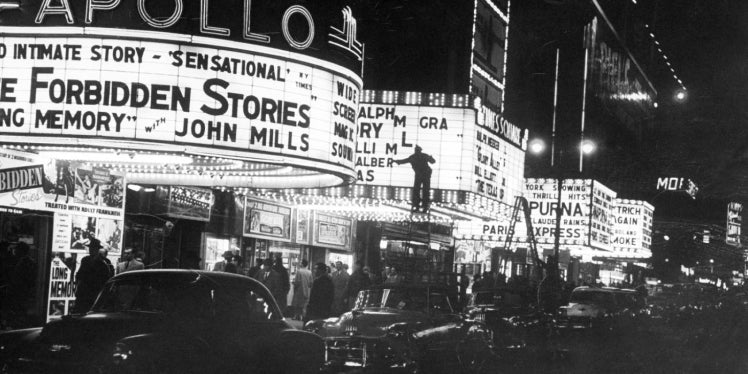
Broadway and Times Square undergo a dazzling makeover as they evolve into some of the most spectacular neon displays in history.
The credit for many of these iconic signs goes to Douglas Leigh, an advertising executive and lighting designer extraordinaire.
The radiant glow of vintage neon signs takes center stage in the heart of Times Square, propelling neon technology to international acclaim as a powerful advertising medium.
Hollywood's Neon Glitz and Glamour
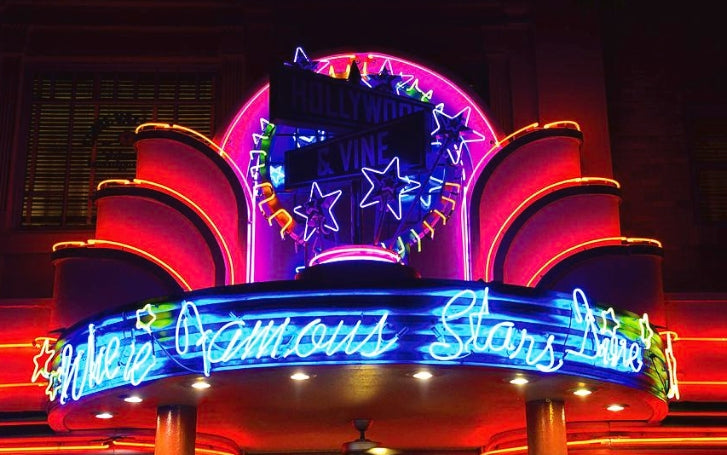
Meanwhile, in Hollywood, neon lights become synonymous with glitz and glamour. Iconic films like Gold Diggers (1933) and Dames (1934) directed by Mervyn LeRoy and Ray Enright, respectively, portray the opulence of the era.
In these cinematic masterpieces, fashionable women are seen primping in front of neon mirrors and playing grand pianos aglow with neon, showcasing the magnetic charm of vintage neon signs in the world of entertainment.
The Neon Odyssey of Times Square
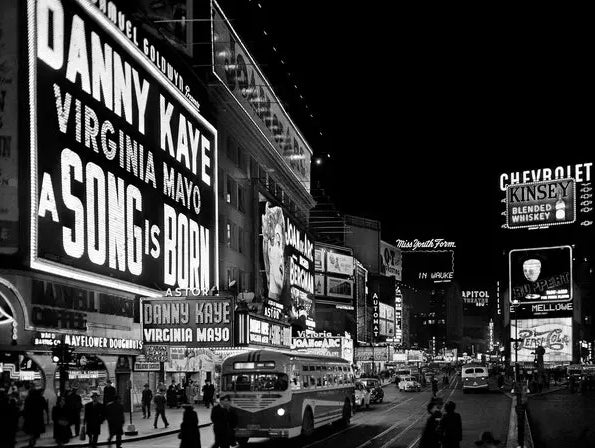
Times Square in New York City becomes an epicenter of the neon renaissance. Its transformation into a radiant wonderland, adorned with vintage neon signs, is largely credited to the creative genius of Douglas Leigh, the advertising executive and lighting designer.
The dazzling display at the 'Crossroads of the World' not only captivates the local audience but also serves as a shining example of neon's advertising prowess, spreading its allure across the globe.
Neon on the Silver Screen
Hollywood, the heart of the American film industry, plays its part in celebrating vintage neon signs.
In movies like Gold Diggers (1933) and Dames (1934), directed by Mervyn LeRoy and Ray Enright, respectively, neon lights symbolize the opulence and sophistication of the era.
These films depict fashionable women basking in the glow of neon grand pianos and primping in front of neon mirrors, showcasing the cinematic magic.
Vintage neon signs brought to the silver screen, further embedding neon's influence in American culture.
1933,Vintage Neon Signs Shine Bright at the Paris Exhibition
In 1933, the future co-founder of Sony, Masaru Ibuka, stepped onto the global stage at the Paris Exhibition.
Neon Magic Unveiled
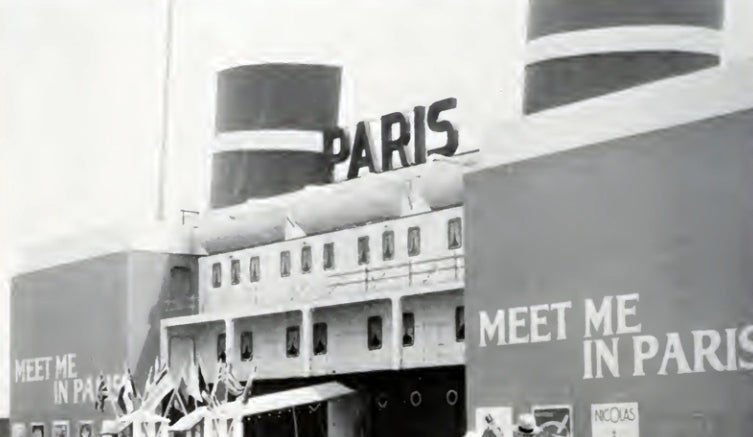
With his innovative creation of 'running neon,' he introduced an animated and flashing spectacle that left the world spellbound.
This groundbreaking invention not only showcased the mesmerizing potential of vintage neon signs but also clinched the highest honor at the international science fair.
Vintage Neon's Triumph
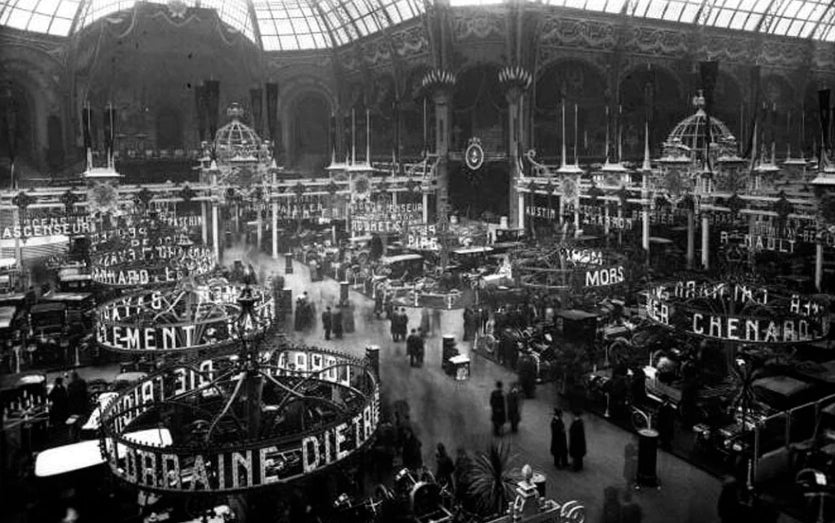
Masaru Ibuka's dazzling display marked a pivotal moment in the history of vintage neon signs. It was more than just a bright idea.
It was a testament to the enduring charm and innovation within the realm of neon technology. This triumph not only illuminated the Paris Exhibition but also ignited the imagination of future generations, highlighting neon's profound impact on science, art, and culture.
1936:Zdenĕk Pešánek's 'Spa Fountain' A Vintage Neon Masterpiece
In the dazzling year of 1936, a luminous revolution unfolded as vintage neon signs and art shared their first electrifying embrace. Step back in time to witness the birth of an artistic partnership that would transform the urban canvas forever.
Bridging Art and Technology
In the late 1930s, Czech artist Zdenĕk Pešánek embarked on a unique artistic journey, giving birth to the iconic 'Spa Fountain.' This masterpiece, an extraordinary fusion of vintage neon signs and artistic brilliance, would soon become a shining symbol of its time.
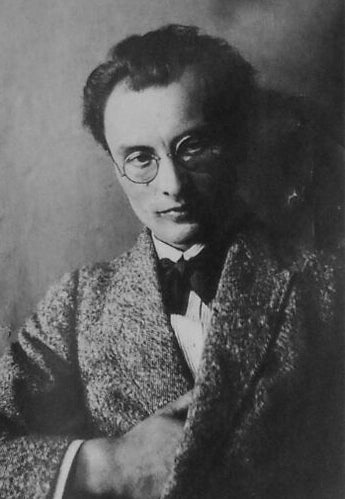
The 'Spa Fountain,' crafted from fiberglass, bore the hallmark of vintage neon signs, illuminating Pešánek's vision of the future. Its radiant neon-infused form responded with grace to the theme of 'art and technology in modern life,' an essence that epitomized the era's evolving spirit.
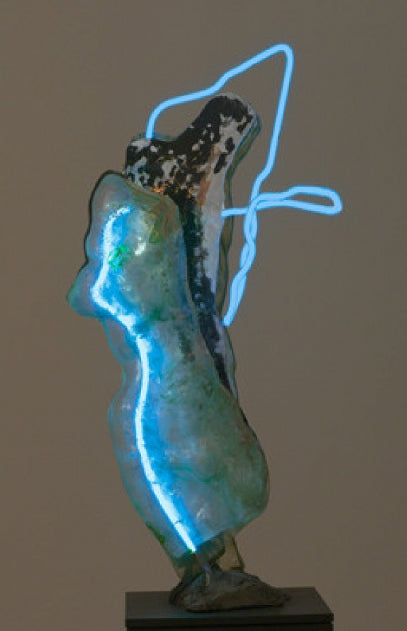
When unveiled at the 1937 Paris International Exhibition, the 'Spa Fountain' did more than captivate the audience; it ignited a profound dialogue between art and technology.
Its luminous presence served as a striking testament to the power of vintage neon signs in artistic expression.The 'Spa Fountain' wasn't just a sculpture.
It was a beacon of modernity, symbolizing the seamless integration of tradition and the neon's futuristic allure. Within its neon-infused form, it encapsulated the vitality and modernism of the age, transcending the boundaries of mere commercial signage.

As the 'Spa Fountain' bathed the Paris Exhibition in its neon glow, it left an indelible mark on the spectators. This sculpture became a symbol of artistic and technological progress, a harbinger of vintage neon signs' metamorphosis from signage to a dynamic medium of artistic innovation.
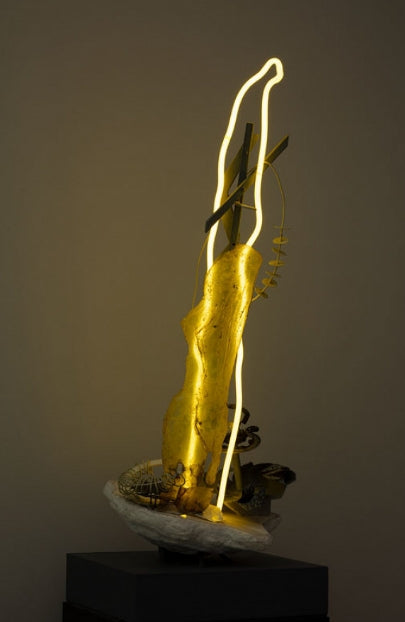
With its luminescent presence, Zdenĕk Pešánek's 'Spa Fountain' illuminated the way for vintage neon signs to transcend their commercial origins, shaping the course of art and technology in modern life.
Vintage Neon Signs light up the 1940-1947 Through Popular Culture
Vintage Neon Signs Illuminate the 1940s Cinema Experience

The Fusion of Vintage Neon Signs with Art and Design from 1940 to 1947
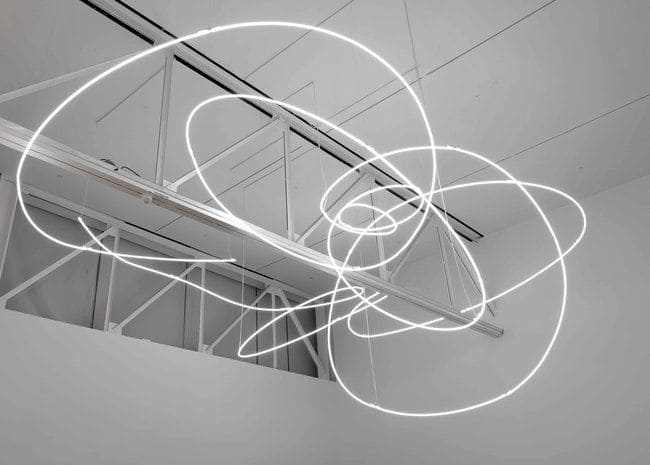
Vintage Neon Signs Transform the Advertising Landscape of the 1940s
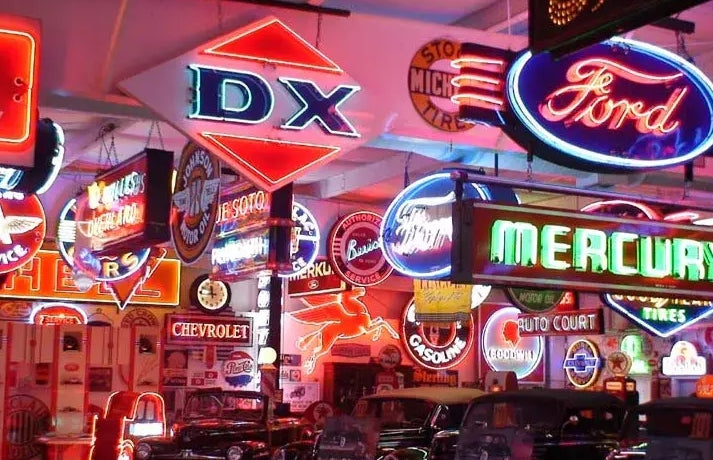
Neon Lights in Ink: The Reflection of Vintage Neon Signs in 1940s Literature

Vintage Neon Signs Illuminate the Stage of 1940s Music and Performance
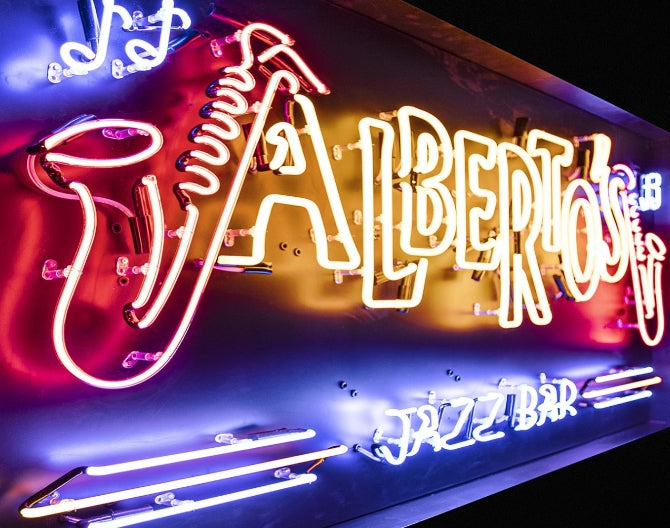
Capturing the Neon Glow: Vintage Neon Signs in 1940s Photography
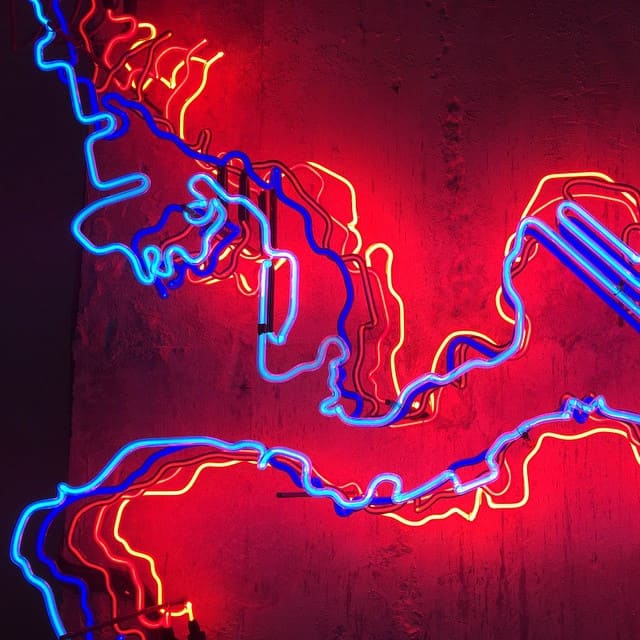
Vintage Neon Signs Light Up Public Events in the 1940s Era

